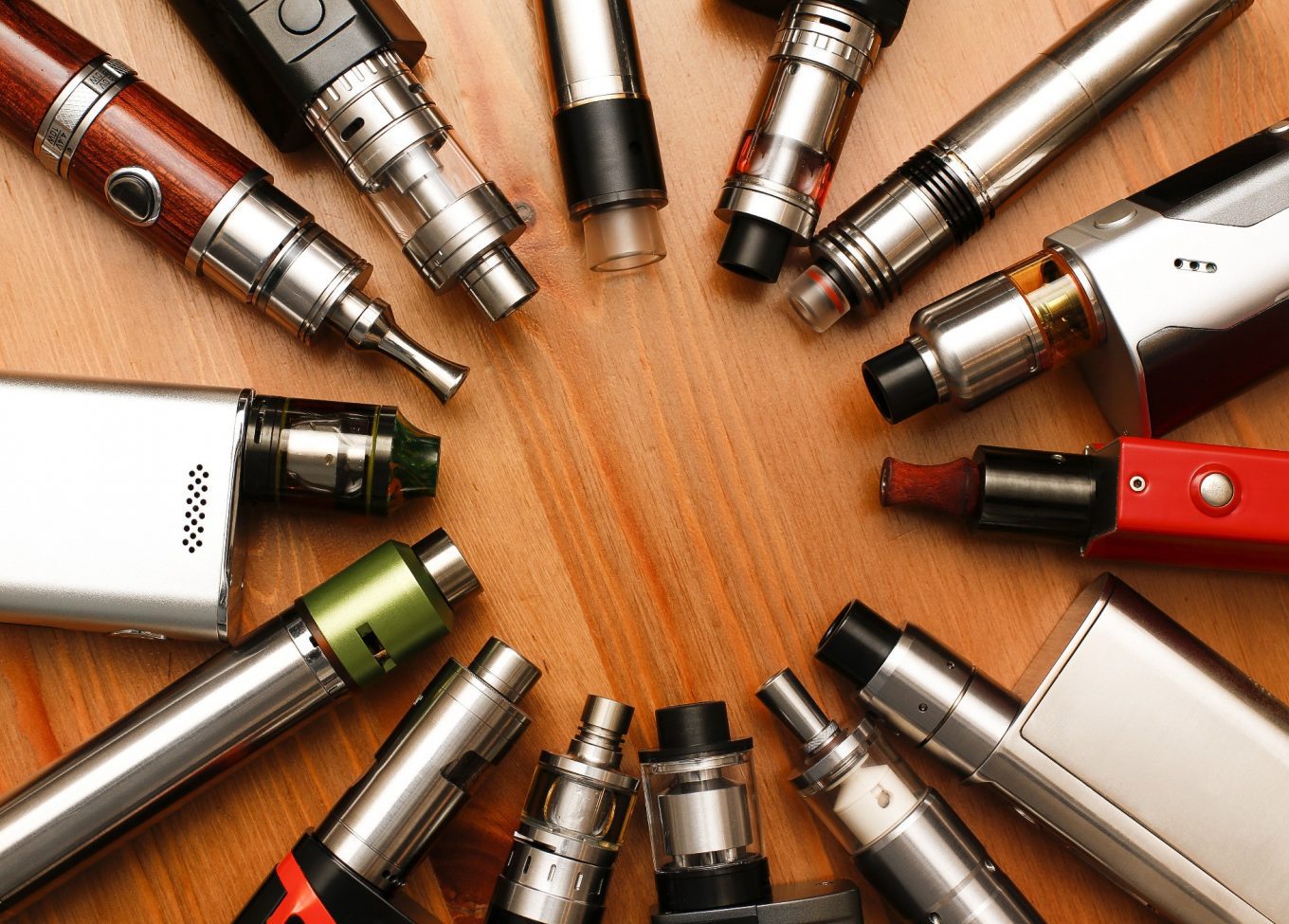In 2020, it often felt as though all of the world’s vapers suddenly decided to switch to pod systems. Seemingly overnight, it seemed like every new vaping device that captured the public’s imagination at all was a pod system, and it was very clear that pod-based devices were where most of the world’s vaping manufacturers were spending the majority of their R&D money.
The end result is that, by the end of 2020, the state of the art in pod vaping systems was very different from what it was at the start of the year. If you’re a pod vaping aficionado – and who isn’t these days? – there has never been a better time to drop by a well-stocked online vape shop like V2 Cigs and grab a great new pod system.

What kind of experience can you expect with today’s pod vaping systems? That’s what this article will explore. We’re going to discuss the latest technical features of pod systems that have been making waves throughout the vaping community. Let’s dig in!
Replaceable Atomizer Coil
The most important technological development in pod systems in 2020 is probably the replaceable atomizer coil. As vape pods have become nicer and nicer in terms of their build quality and materials, they’ve also increased in price. Replacing the pod in a modern pod system every few days becomes quite expensive, and it’s really wasteful to throw an entire vape pod away when all that you need is a new atomizer coil.
With many of today’s pod systems, you can replace your device’s atomizer coil while leaving the rest of the pod in place. That’s a huge money saver, and that isn’t the only benefit. Increasingly, manufacturers are now releasing pod systems with several different coils available. For example, a pod system might have a mesh coil for direct-to-lung inhaling, a higher-resistance coil for nicotine salt e-liquids and a ceramic coil for thick oils. Replaceable coils have made pod systems more versatile, and they’ve also made those devices appropriate for a wider variety of vaping styles than ever before.
Variable Power Levels
If you’re going to create a pod system with several different atomizer coils available, it makes sense to give your users multiple power levels from which to choose as well. After all, the appropriate wattage for mouth-to-lung vaping is often very different from what people expect in a direct-to-lung scenario. To please as many people as possible, more pod systems than ever are offering options for varying their voltage or wattage.
How the variable power settings work depends on the complexity of the pod system. In some cases, changing the power level is simply a matter of choosing between “low,” “medium” and “high” settings. Other pod systems, however, have become almost like full-fledged box mods in the power options that they offer. Today’s most advanced pod systems deliver up to 80 watts of power and are capable of generating some very impressive vapor clouds.
Manual Airflow Control
If you vape, it probably won’t surprise you to learn that many vapers are extremely particular about their devices’ airflow characteristics. If you prefer the direct-to-lung inhaling style, you probably want your device’s airflow to be as open as possible because that’s what facilitates the production of big clouds. Mouth-to-lung vaping, on the other hand, requires tighter airflow characteristics. The way to please both types of vapers is by creating a device with adjustable airflow settings, and that’s exactly what many of today’s pod systems now feature.
New Atomizer Coil Technologies
Owning one of the newest pod systems often means that you’ll have the ability to replace the coil while keeping the same pod, but that’s not the only thing that makes the atomizer coils in today’s pod systems special. It’s also becoming increasingly common for pod systems to utilize cutting-edge atomizer coil technologies like mesh coils and wicks made from exotic materials such as ceramic and wood pulp.
Mesh coils have been popular in high-end cloud chasing tanks for a while now, but they’ve only just begun to filter down to pod systems. Mesh coils perform extremely well, so that development is a great thing for pod system users. New wick materials like ceramic and wood pulp, meanwhile, are resistant to heat and can help the atomizer coils in today’s pod systems last longer.
Temperature Sensing and Limiting
Just about every person who vapes has experienced at least one dry hit. That’s what happens when you forget to refill your tank or pod. Since it isn’t wet with e-liquid, the atomizer coil begins to glow red and release harsh fumes. A dry hit is a terrible experience, and it’s a problem that’s easy to mitigate with automatic temperature limiting – a feature that’s finding its way into many of the newest pod systems.
With automatic temperature limiting, a vaping device can sense when the atomizer coil becomes too hot – which is exactly what happens during a dry hit. When that happens, the vaping device automatically cuts the power being sent to the atomizer coil, which prevents the dry hit from occurring. Instead of burning your throat, your device simply stops producing vapor.
If you never forget to refill your pod, it may not matter much to you whether a pod system has automatic temperature limiting or not. It’s just one more piece of evidence, though, that pod systems have truly come of age.
Better Build Quality and Materials
The greatest thing about today’s pod vaping systems is the fact that they’re nicer to view, hold and use than ever before. That’s due to the use of higher-quality materials. Many of the earliest pod systems were made primarily from plastic and tended not to last very long because they couldn’t resist life’s everyday bumps and bruises. With the newest pod systems using higher-quality materials like aluminum, stainless steel and carbon fiber, it’s evident that the manufacturers of the vaping industry are working harder to create devices that will last for years rather than months.

